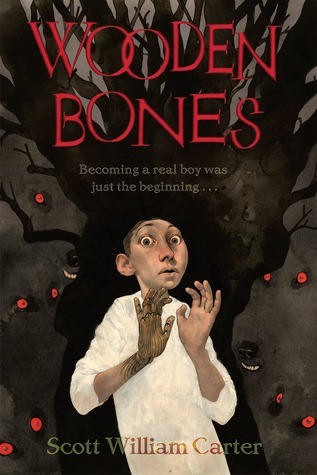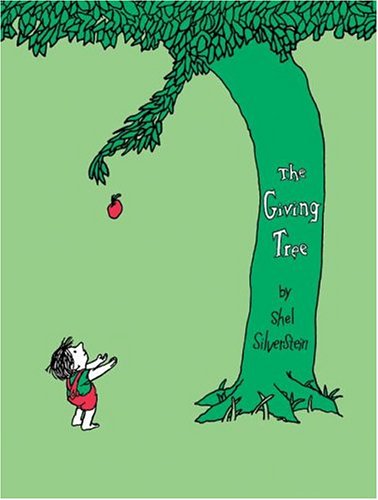 Fairytales generally end the same way: happily ever after. But I’ve never been able to help but feel that it’s a bit of a stretch to ask me to actually believe that they do just sort of float through life happily ever after, so I love seeing follow-ups to, and riffs off of, some of the more popular traditional fairytales!
Fairytales generally end the same way: happily ever after. But I’ve never been able to help but feel that it’s a bit of a stretch to ask me to actually believe that they do just sort of float through life happily ever after, so I love seeing follow-ups to, and riffs off of, some of the more popular traditional fairytales!
In Wooden Bones, Scott William Carter explores concerns I’d say were noticeably absent in the original Pinocchio by Carlo Collodi – why being a real boy is necessarily better than being a wooden puppet, for example*, or developing a concept of identity that is not dependent upon being a boy of flesh and bone – while still adhering more or less to the fairytale structure. Pino, the boy formerly known as Pinocchio (because Pinocchio is too long and cumbersome for everyday use, according to Gepetto), discovers that apart from just being a magical boy, in the sense that he became a real boy only with the aid of magic, he truly is a magical boy, in that unlike regular real boys, he has magical powers.
Of course, these magical powers only bring him trouble (as well as helping him get out of trouble by digging himself a bigger hole), but the trouble is what prompts him to come to the realization that it doesn’t matter whether he’s a real boy or a wooden puppet boy: he’s Pinocchio, and perhaps more importantly, Gepetto won’t love him any less for being one or the other. Continue reading

